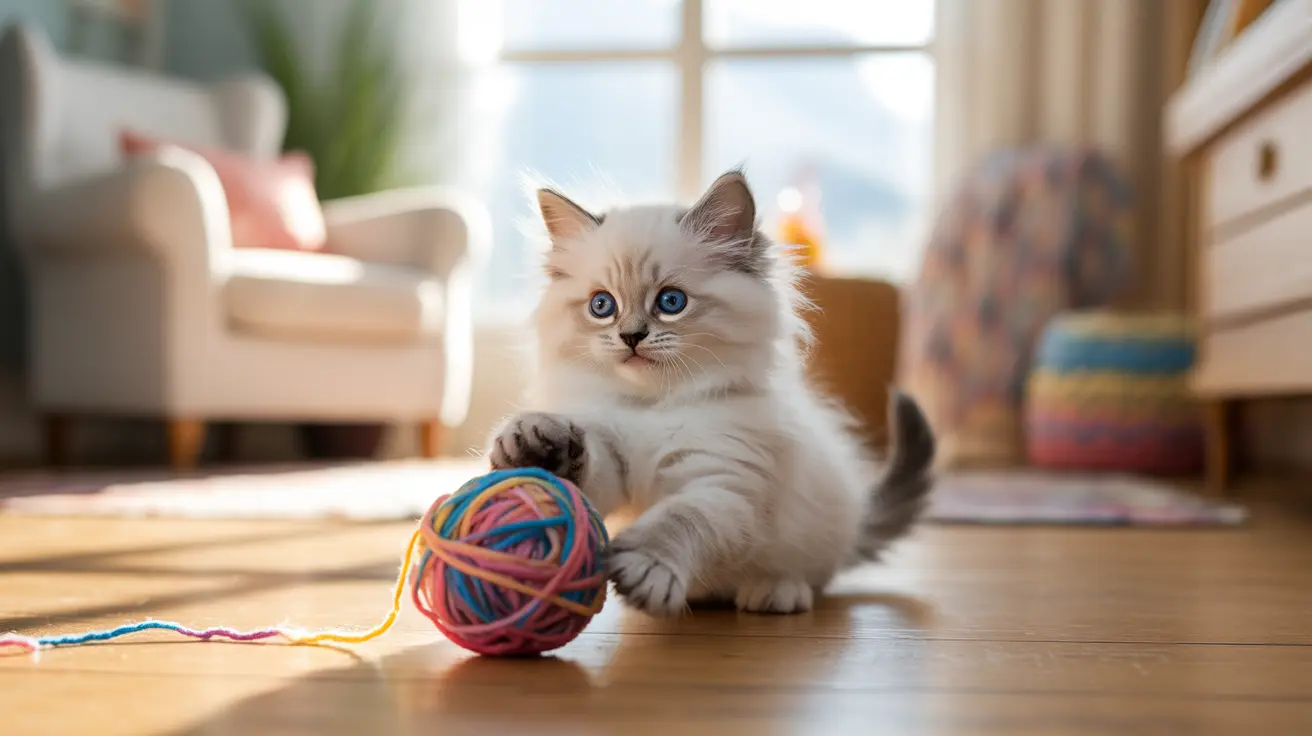The Origins and Significance of National Kitten Day
Initially celebrated in December, National Kitten Day found its permanent home in July, perfectly timing with "kitten season" when shelters often experience their highest intake of young cats. This strategic timing helps maximize adoption opportunities and raise crucial awareness about kitten welfare.
The holiday's founder, Colleen Paige, envisioned a day that would not only celebrate kittens' cuteness but also address serious issues like pet overpopulation and the importance of adoption over purchasing.
How Kittens Develop: A Timeline of Growth
Understanding kitten development helps both potential adopters and current caretakers provide the best possible care for these tiny felines:
Weeks 0-2
- Eyes closed, fully dependent on mother
- Weighing just a few ounces
- Unable to regulate body temperature
Weeks 3-4
- Eyes open, usually blue
- First steps and increased mobility
- Beginning to play with siblings
Weeks 5-8
- Developing coordination
- Starting solid food
- Ready for first vaccinations
- Social skills developing rapidly
Making a Difference on National Kitten Day
There are numerous meaningful ways to participate in National Kitten Day:
Adoption and Foster Support
- Consider adopting a shelter kitten
- Volunteer as a foster parent
- Donate supplies to local shelters
Education and Awareness
- Share adoption stories on social media
- Learn about proper kitten care
- Educate others about spay/neuter importance
Essential Kitten Care Tips
Proper care during a kitten's early weeks is crucial for their development into healthy adult cats:
- Schedule regular veterinary check-ups
- Provide appropriate kitten-specific nutrition
- Ensure safe spaces for play and rest
- Maintain consistent feeding schedules
- Offer plenty of socialization opportunities
The Impact of National Kitten Day
Since its inception, National Kitten Day has helped countless kittens find loving homes and raised substantial awareness about kitten welfare. Shelters often report increased adoption rates and donations around this holiday, demonstrating its positive impact on feline welfare.
Frequently Asked Questions
What is the history and purpose of National Kitten Day on July 10?
National Kitten Day was established in 2012 by Colleen Paige to promote kitten adoption and raise awareness about feline welfare. The July 10 date was chosen to align with summer activities and facilitate outdoor adoption events.
How can I celebrate National Kitten Day and support kitten adoption and welfare?
You can celebrate by adopting or fostering kittens, donating to shelters, sharing adoption stories on social media, volunteering at local rescues, or organizing fundraising events for kitten-focused charities.
At what age are kittens typically ready for adoption, and what developmental milestones do they reach by then?
Kittens are typically ready for adoption at 8-12 weeks old. By this age, they're weaned, litter box trained, and have developed basic social skills. They should have received initial vaccinations and be eating solid food independently.
Why is spaying and neutering important for kittens, and how does National Kitten Day raise awareness about it?
Spaying and neutering helps prevent pet overpopulation and provides health benefits. National Kitten Day promotes these procedures through educational campaigns and by connecting pet owners with affordable veterinary services.
What are the best ways to care for a new kitten's health and socialization during their early weeks?
Focus on regular veterinary care, proper nutrition, safe environment, gentle handling, and positive socialization experiences. Establish consistent feeding schedules and provide appropriate toys for physical and mental stimulation.
By participating in National Kitten Day, we all contribute to creating a better world for these precious felines. Whether through adoption, education, or support of local shelters, every action makes a difference in the lives of kittens searching for their forever homes.






